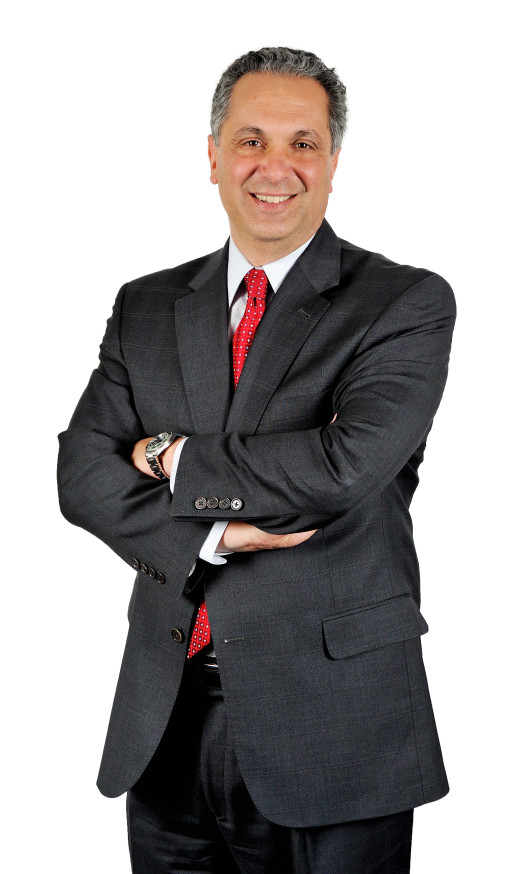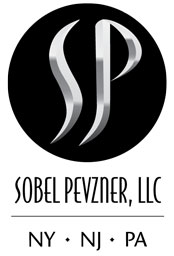U.S.D.C. EASTERN DISTRICT OF NEW YORK: DEFENSE VERDICT – NO PROXIMATE CAUSE – PREMISES LIABILITY
Curtis Sobel, founding member in Sobel Pevzner, LLC recently defended through trial and verdict an action on behalf of one of the firm’s national restaurant chain clients. The action was removed from the New York State Supreme Court, Queens County to the Federal Court for the Eastern District of New York. Removal is a strategy the firm employs for most of its non-domiciliary corporate clients. Although it eliminates the option of a bifurcated trial in the Second Judicial District, Removal to the Eastern District of New York provides certain undeniable benefits for the firm’s clients including a more educated jury pool drawn from multiple counties, several of which are far more defense oriented than the original Kings or Queens County State Court venues. For cases commenced in the State Court in Bronx or New York Counties, Removal does not result in the joinder of issues relating to fault and damages State Court trials in these counties are unified by Court rule. However, for these counties, Removal to the Southern District of New York brings in jurors from Westchester County, a much more advantageous venue for the defense and again a defendant oriented jury pool.
First notice of the case at hand came in the form of a Summons and Complaint served more than a year after the alleged date of loss. Truly a “blind loss” there was no accident report, contemporaneous investigation and no video surveillance as the digital system employed by the client had long overdubbed the images from the date of loss. The accident was alleged to involve a structural defect in the form of a pothole for which plaintiff’s counsel was able produce Google date stamped photographs which predated the date of accident. Also, the plaintiff returned to the defendant’s premises within a week or two after the incident with her attorney’s investigator to take the pictures which clearly show a pothole in the parking lot. The only documentation available to the defense which predated the plaintiff’s retention of her attorney was the ER chart from Jamaica Hospital which referenced a fall “in the street.”
On the damages side of this case, the plaintiff worked two jobs as a home health care aide and presented a fairly sympathetic picture to the jury. She claimed that she was ultimately fired due to an inability to perform her work duties following the accident. The plaintiff claimed an L5-S1 disc herniation, accompanied by spondylosthesis or a slippage of the L5 vertebrae. Treatment included the controversial percutaneous discectomy followed by a true discectomy, lumbar fusion and instrumentation. Her treating surgeon, Michael Gerling M.D. testified on the plaintiff’s behalf; the defense called Dr. Yong Kim, a highly respected spine surgeon who conducted the IME.
Given that the manner in which the firm’s client learned of this accident and the lack of any contemporaneous proof to counter the version of the event as testified to by the plaintiff, the primary thrust of the defense at trial was to highlight to absence of independent corroboration in plaintiff’s proof. The lack of corroboration was argued both in regard to the liability and damages aspects of the case, as the plaintiff’s medical time line was missing key components. The odd location of the pothole and the plaintiff’s purported reason for being in the vicinity of it was highlighted for the jury using multiple series of Google images and maps.
Through arguments based upon Rule 26, Curtis Sobel was able to preclude portions of the treating physician’s testimony which related to expert opinions. No such argument could have been advanced had the matter remained in State Court. Under Rule 26, a treating physician in the Federal system is treated as an expert who does not have to provide a report. However, additional disclosures are required if the treating doctor is going to be asked expert opinions on the stand. Thus was the case in this trial and through arguments made to the Hon. Pamela Chen, Dr. Gerling was prohibited from expressing many of the expert opinions treating physicians are routinely permitted to offer in State Court trials.
After three hours of deliberation, the jury asked to have all of the plaintiff’s testimony provided to them in connection with their consideration of “Question 3.” As with most verdict sheets in a premises liability cases, if the jury reaches “Question 3” they have already decided against the defendant on the questions of a “reasonably safe” premises and negligence. “Question 3” was however the crux of the defense; the issue of proximate cause. After another hour of deliberation, the jury delivered its verdict finding the plaintiff had failed to meet its burden of proof as to whether the pothole in the parking lot was a substantial factor in causing the accident. Although Federal Rule 59 permits a motion to set aside the verdict to be made within 28 days after verdict, it is highly unlikely that such a motion would be successful given the manner in which Judge Chen presided over the trial and the absence of any inconsistency in the verdict itself.

Curtis Sobel is a partner at
Sobel Pevzner, LLC


